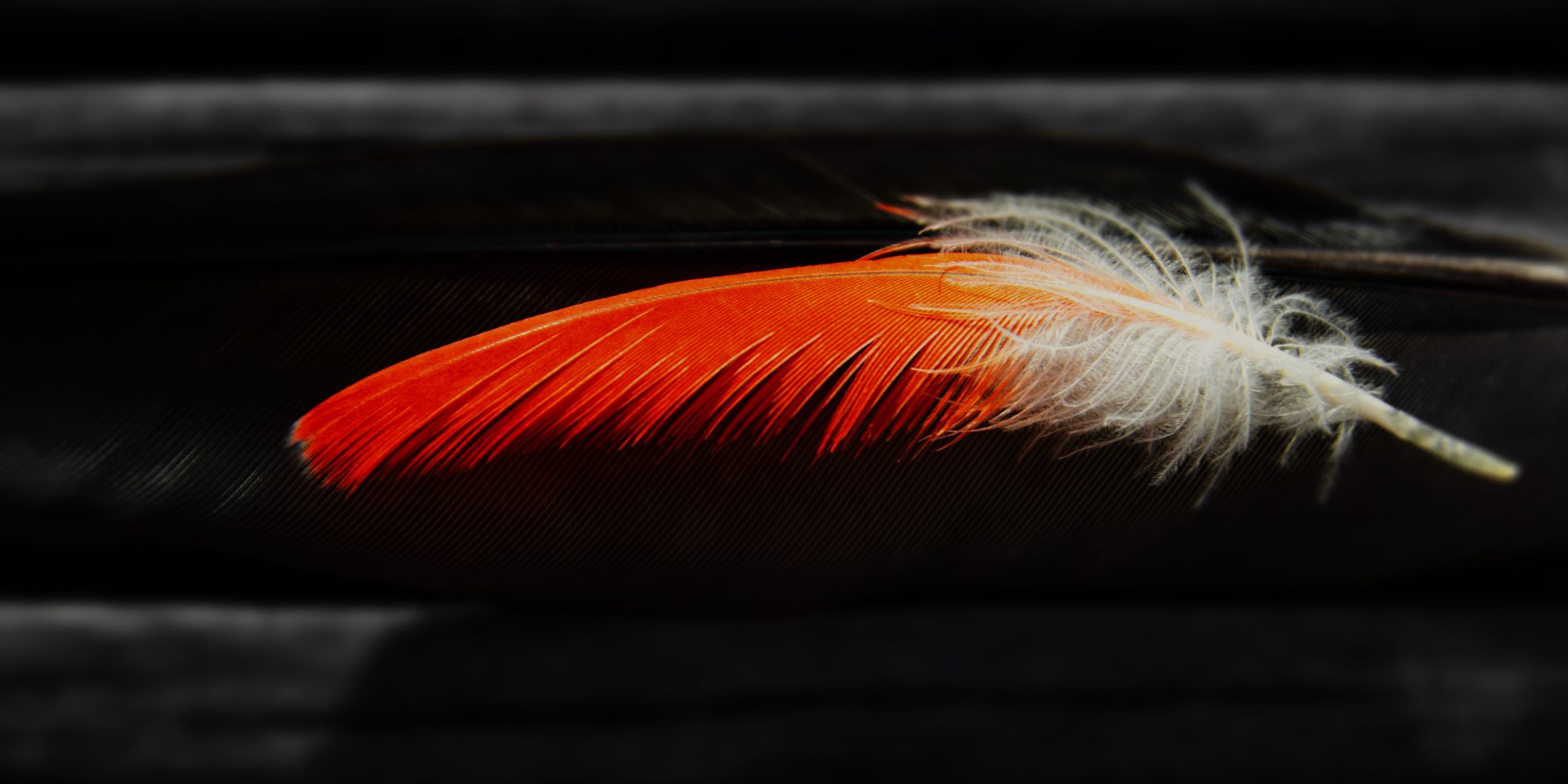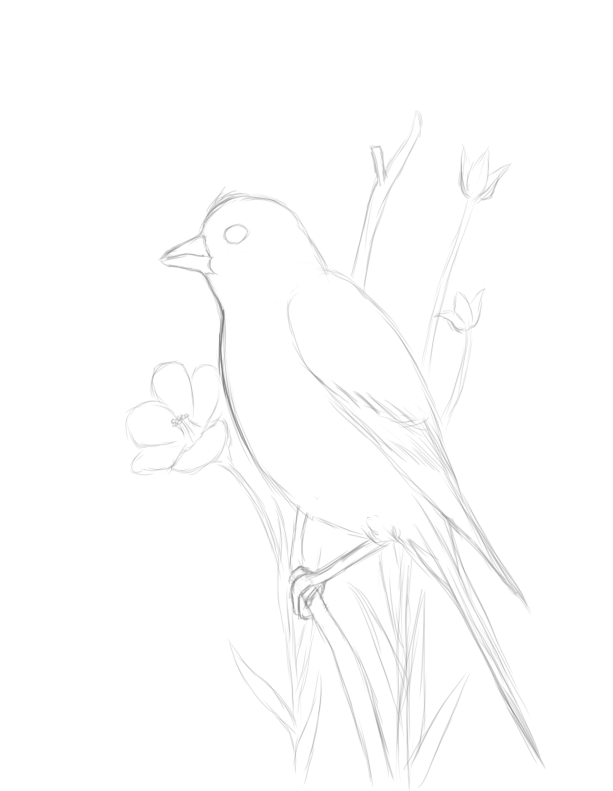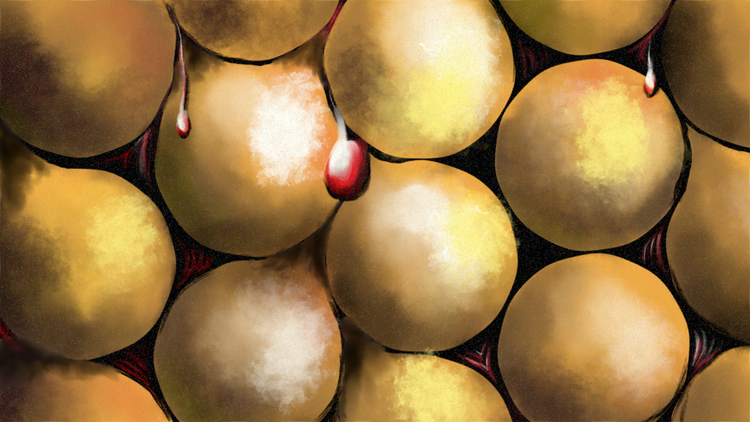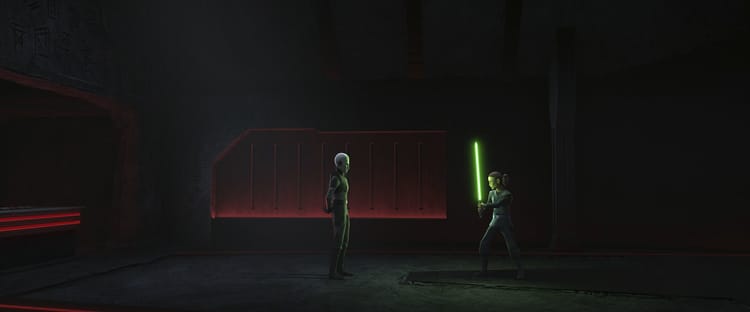
Running Commentary 9/2/2025
Hello,
This edition of A Running Commentary is delayed a day due to the holiday yesterday, but the good news is that Labor Day marks the end of the newsletter’s summer every-other-week schedule; we’ll be weekly Mondays starting next Monday.
Anyway...
Watching...

The Incredible Hulk
I’m behind on my MCU, at least on the MCU movies I want to watch. I’d like to see the new Captain America when I get the chance, but I understand that that film follows up on characters from The Incredible Hulk, which I never did get around to watching before now. Here are my notes:
- The sequence of Banner first becoming the Hulk is sort of glossed over, shown in montage over the opening credits. This might be because the 2003 Hulk film had already familiarized audiences with the Hulk’s origins (much as how the MCU’s Spider-Man’s origins weren’t shown either when he was introduced) or because it was believed, probably correctly, that the movie would only get interesting once Banner became the Hulk, so it might as well start there and then fill in any needed detail later on.
- This movie is pretty good up until the third act. The opening act of the film idd a great job establishing the characters and the middle was exciting but everything that happens past when Banner escapes Sterns’s lab and is subsequently captured is just very sloppy and generic and uninteresting. The cure Sterns administered gets reversed in a rather hand-wavey way; General Ross sort of drops out of the plot; Blonski’s motivations to become like the Hulk were established but felt a bit underdeveloped, and his fight against the Hulk in Harlem was a very dull scene of two invulnerable giants smashing things. That scene was further hurt by cheap-looking CGI.
- Banner’s story is told pretty well. He goes from wanting to be rid of the Hulk persona to, in the ends, accepting it as something that can be used for good if he can learn to control it. There was never another Hulk movie, but Banner’s arc here would get picked up and taken in some interesting directions in future MCU films where he was featured.
- Finally seeing this early chapter of that story and of the MCU as a whole was interesting, to be certain, but I wouldn’t really say that I liked The Incredible Hulk. I will say that I found it better than I expected I would, but I can’t say I’d care to watch it again. 4/10

Thunderbolts*
This I did not fall behind on; I’d heard from several people that Thunderbolts* was good, so when I saw it had come to Disney+, I watched it that night. Here are my notes
- This is a team-up movie but it has a definite main character in Yelena Belova, and thus is mainly a follow-up to Black Widow and her appearance in Hawkeye moreso than anything else. Falcon & The Winter Soldier provides needed backstory on John Walker. I wouldn't say Ant-man & the Wasp is needed just because Ghost is in this, as she is barely a presence in the film.
- As well in Yelena’s story is handled, I think Thunderbolts* sort of fails as an ensemble movie. We get very little of Ghost besides actions scenes , little about Alexei that isn't really about Yelena, and relatively little about Walker on Bucky. If this movie was the first of a series about just this group it might be okay that the first entry was mainly Yelena's but as it stands it seems most likely that the New Avengers will next feature as part of the even larger cast of Doomsday & Secret Wars before getting their own sequel, if they ever do.
- Something interesting you can do in a superhero universe that's developed enough is look at people in the superhero space who aren't either great heroes or evil villains. Thunderbolts* is about some of these people, specifically supers who were created, used, and disposed of, and about their refusal to be disposed of and their dreams of properly becoming heroes . And they do that not just by running out and saving the city from attack (though they do do that) but by saving the worst off among themselves. I always appreciate a superhero movie that's thoughtful about the story it's telling. and doesn’t expect a big punch-up climax to be manifestly interesting without it paying off the story that’s been told thus far. Even as much as the audience largely only gets Yelena’s perspective, it’s clear in the final scenes that each of our heroes see something of themself in Bob, and thus something of themself in the others. They form a team in the tradition of the Avengers, but I get a real sense that they’re personally united, whereas the Avengers were merely assembled.
- As I thought in Hawkeye, Yelena here feels like the MCU doing the character of Black Widow over again and trying to characterize her better this time. I like that she's popped up a lot throughout the post-Endgame MCU; it makes Black Widow less of a pure send-off and more of a torch-passing.
- Overall I liked this movie quite a bit. I worry that we won’t get a true follow-up for this team but even if not this is a pretty well-crafted superhero story, and a kind of story you could only get out of a franchise that’s been going for dozens of entries. 8/10
Reading...

The Death and Life of the Great Lakes by Dan Egan
Michiganders obviously have a serious connection to the Great Lakes, which played into how interesting I found this book, which gives an ecological history of the lakes. Author Dan Egan is a Wisconsinite, which means he has a similar personal connection to his subject matter. But even if you aren’t a Great Laker, if you’re an American or Canadian this book is still particularly worth reading, and even if you’re from overseas it’s a fascinating read. Here are my notes:
- Egan’s thesis, given in the introduction, is that, while the Great Lakes have been healed of the industrial pollution that afflicted them in decades past, they now face ecological threats as overseas ships come in the St. Lawrence Seaway, bringing foreign species in their ballast. Treating the lakes as a mere means of conveyance rather than as a unique biome worth protecting is an old problem and not one that’s been solved yet, though it is a solvable problem.
- The first chapter gives the history of the engineering projects that linked the Great Lakes to the Atlantic for ship travel. Egan does not go into great detail on any of these projects (the Welland Canal, the Erie Canal, the Chicago River reformation) besides the St. Lawrence Seaway. Mostly he points out that Great Lakes ports never became the rival to Atlantic ports that it was hoped they’d be.
- The rest of the first part of the book gives a timeline of the arrival of other non-native species in the Great Lakes: sea lampreys came through the Erie and Welland canals and preyed on native lake trout until an effective lampricide was discovered; alewives, a kind of herring, arrived and, without lake trout to prey on them, boomed in the lakes until the unsuitable temperatures caused them to die off and rot on the beaches in the millions; after the lampreys were exterminated lake trout improved a bit, but state agencies also introduced coho and chinook salmon, preferred sport fish; salmon ate alewives, but the alewives crashed quicker than anticipated when zebra and quagga mussels, introduced from ship ballast, ate all the phytoplankton that made up the foundation of the Great Lakes food web.
- Ship ballast has been the primary source of introduced species in the Lakes in recent decades. Initially seawater dumped from ballast tanks was not considered a pollutant by the EPA under the Clean Water Act. Today ships must take some measures, like flushing their ballast at sea or purifying their ballast before dumping it. Some push for a total ban on ships entering the lakes from the ocean, but shippers and the Canadian government both oppose closing the St. Lawrence Seaway.
- The first half of the book emphasizes the general lack of concern about conservation of Great Lakes ecology. Historically a relative few people, if any, have been tasked with protecting or even studying the lakes. A lot of the problems Egan covers were only discovered after they emerged. Other concerns (shipping, chemical pollution, tourism) have consistently won out over ecological protection because there have been people tasked with and empowered to address them, while there is no one really focused on ecology protections.
- The second part of the book ostensibly focusses on the “back door” allowing invasive species into the lakes, the canal at Chicago, but also spends a fair bit off attention to the spread of zebra and quagga mussels throughout the U.S. In Western states, criminal penalties are issued against those who introduce mussels to uncontaminated lakes and rivers. One officer Egan spoke with was dismayed at how little attention Great Lakes authorities pay to keeping foreign species out of the U.S. I don’t think the two things are fully analogous, but I did find it interesting that the same general groups of people who are lax/strict about introduced species tended to be similarly lax/strict about immigration.
- Egan profiles the infamous “Asian carp”: the silver, grass, and black carp introduced to rivers in the Deep South by scientists who didn’t believe they would be able to breed in the wild. They could, and did, and have spread through the Mississippi basin. A grid of electric devices in the Chicago canal hopes to keep the carp from entering Lake Michigan, but tracking the carp is difficult. None have been found in the lake, but secondary signs of their presence have.
- Egan ends his book looking toward the future of the Great Lakes. He hopes that the St. Lawrence Seaway and the Chicago Sanitary & Shipping Canal will be closed and replaced with solutions that don’t expose the Lakes to outside waters. He hopes that the water in the lakes don’t get exported to drier areas of the country; some laws are in place in both the U.S. and Canada to prevent this. And he thinks the damage from invasive species might get better — the alewives have crashed, and the salmon with them, but that’s provided an opening for native white fish and lake trout to make a comeback; they’ve even learned to eat mussels and gobies. And scientists might even be able to genetically engineer the invasive species so they can no longer breed. But as long as the lakes are accessible from the outside, more problems could come in.
- This is not a feel-good read, but I did find this book fascinating. Egan has a very upfront agenda, but he’s also done a lot of research into the ecological state of the Great Lakes, and he presents his arguments in a convincing manner. 8/10

Bird of the Week
The world is full of finches. There are over two hundred species in the family Fringillidae found across five continents (the exceptions being Australia and Antarctica), making finches one of the most widespread kinds of songbird. Most people are familiar with finches of some kind; even Australians have the grass-finches, although these aren’t true finches. They are sort of the generic songbird: vocal, colorful, but never really exotic. If you know your finches, it’s hard to be too fascinated by the finches of other parts of the world, unless you can find something interesting related to a particular species, as I have with the Eurasian Linnet.
Linnets are a genus within the finch family comprising four species: the Eurasian, the Yemen, and the Warsangli linnets, as well as a bird called the twite which doesn’t have “linnet” in its name. The Eurasian is by far the most common, being found year-round throughout much of Europe and western Asia, and also through much of western Russia during the summer and in Iran in the winter; twites are mainly Central Asian but some make it to Europe during the summer; Yemen and Warsangli linnets are much less wide-ranging, being found in only certain parts of the southwestern Arabian peninsula and in the north part of the Horn of Africa, respectively. The name “linnet” is from the Old French and was first applied to the Eurasian linnet because it fed on linseed.1
Linum is the Latin word for what in English is called flax, a weedy field plant native to the Middle East that has been cultivated that people have cultivated for about as long as we’ve cultivated anything, and which seems to be the first plant that we cultivated but didn’t primarily eat.2 Flax’s main use is as a source of fiber for the production of linen. The ancient Egyptians were noted for wearing linen in life and in death; linen bandages were wrapped around the mummies of prominent figures whose bodies warranted careful preservation. Flax is also the source of linseeds and, in turn, linseed oil. Linseed oil is edible and some people do eat it but the main thing it’s prized for is the way that films of linseed oil will oxidize and harden into a natural polymer. Linseed oil has long been used in water-resistant wood finishes and, more recently, in linoleum — the name is simply Latin for “linseed oil” — first created in 1860 by Frederik Walton as a new kind of “floorcloth”, which was traditionally made from canvas (sometimes linen) stretched over a floor and then covered in several layers of paint to form a hard, smooth surface. Walton was a British manufacturer of “India rubber”, among the first widely-used polymers, a relatively natural product made from the sap of certain South American species of eucalyptus, or “gum”, trees. Walton thought oxidized, hardened linseed oil might make for a cheaper, less exotic substitute for India rubber in certain applications. He was correct; linoleum — made from linseed oil binding together cork dust — became far-and-away the most popular flooring material in the world for the century between his patent and the 1960s when vinyl flooring replaced it, and even still waterproof, seamless hard flooring of all sorts are generically called linoleum.3,4 Linoleum, being a cheaply producible solid, found some other uses as well, anticipating our modern plastic age; one such use is linocut printing, wherein blocks of linoleum are engraved, inked, and used to stamp designs on paper.5
But linseed oil was no stranger to the art world before linocuts. It is the eponymous oil of oil painting, which dominated European art during the Renaissance. Linseed oil would be mixed with pigments and would harden onto the painted surface, producing durable works which, with proper care, can and have lasted for centuries. Today oil painting has slipped a bit in popularity, overtaken by acrylic paints, which use the same pigments in a synthetic resin binder that is water-thinnable and much faster-drying while still relatively permanent. Oil painting continues in the modern day, but the linseed oil traditionally used to thin paint has largely been replaced with turpentine, which, while not exactly a hazard-free chemical, does not have a big problem that linseed oil has: the oil’s oxidizing process puts off a lot of heat, which means that dirty rags soaked with the oil are known to spontaneously combust if not disposed of carefully.6

And flax has one more connection to art: the English word “line”, which describes the first marks I and most other artists make in our work, derives from a word describing a flaxen thread.7 The verb “to line” also references flax, coming from “lining”, originally a layer of linen attached to the inside of garments.
To science the Eurasian linnet is Linaria cannabina. It was originally called Fringilla cannabina by Linnaeus; he was born Carl von Linné, and I’ve found inconclusive answers to whether his family name has anything to do with linne, the Swedish word for linen, but regardless he did not name the finch after flax but rather after hemp, another fiber-crop plant that the birds were associated with; Swedes call the birds hämpling rather than linneling which would be the direct equivalent of the French linette. The Germans call it bluthänfling, roughly translating as “bloody hemp critter”, but that didn’t stop the German naturalist Johann Matthäus Bechstein from later placing the linnets in a genus named for flax.8
- Merriam-Webster.com Dictionary, s.v. “linnet,” accessed September 1, 2025, https://www.merriam-webster.com/dictionary/linnet.
- Fu, Yong-Bi. “Genetic Evidence for Early Flax Domestication With Capsular Dehiscence.” Genetic Resources and Crop Evolution 58, no. 8 (February 1, 2011): 1119–28. https://doi.org/10.1007/s10722-010-9650-9.
- Jones, M. W. The History and Manufacture of Floorcloth and Linoleum: A Paper Read Before the Bristol Section of the Society of Chemical Industry. 1918.
- Simpson, Pamela H. “Comfortable, Durable, and Decorative: Linoleum’s Rise and Fall From Grace.” APT Bulletin 30, no. 2/3 (January 1, 1999): 17. https://doi.org/10.2307/1504636.
- Rizvi, Sehrish. “Linocut: History, Techniques & Complete Printing Process.” Sehrish Rizvi - Print Maker (blog), November 1, 2024. https://www.sehrishrizvi.com/linocut/.
- Flexner, Bob. “Linseed Oil and Spontaneous Combustion: Take It Seriously.” Popular Woodworking, February 5, 2019. https://www.popularwoodworking.com/finishing/linseed-oil-and-spontaneous-combustion-take-it-seriously/.
- Etymonline. “Line - Etymology, Origin & Meaning,” n.d. https://www.etymonline.com/word/line.
- Jobling, J. A. (editor). The Key to Scientific Names in Birds of the World (S. M. Billerman et al. editors), Cornell Laboratory of Ornithology, Ithaca.
Curation Links
The Price is Wrong | Sharon Su, Van Magazine
After decades of obscurity, the works of composer Florence Price have finally gotten a wide release from a major music publisher. Only, as many performers have found, these manuscripts are often riddled with errors having apparently been inherited from the various earlier editions and not caught during an inattentive review process.
My Father’s Instant Mashed Potatoes | an anonymous reader, Slate Star Codex
Ostensibly a review of a hated childhood side-dish, but truly a history of instant mashed potatoes and, more broadly, how cheaper alternatives supplant and replace beloved traditions.
The entities enabling scientific fraud at scale are large, resilient, and growing rapidly | Reese A. K. Richardson, Spencer S. Hong, Jennifer A. Byrne, & Luís A. Nunes Amaral, PNAS
“Here, we demonstrate that large networks of cooperating individuals and entities that produce scientific fraud at scale can be identified by the footprints they have left in the extant scientific literature. We identify groups of individuals who perform editorial and review work at journals and collaborate with authors to facilitate the publication of manuscripts that experts (including journal editorial staff) have linked to author or editor misconduct. We show that organizations producing fraudulent science are able to ensure publication of their manuscripts in journals from several publishers prior to their detection and removal. We also show that organizations mediating the production of manuscripts suspected of fraud evade existing science integrity and quality control measures, such as journal deindexing, and that they successfully target specific subfields while avoiding—or failing to target—closely related subfields. Finally, we show that the number of fraudulent publications is growing at a rate far exceeding the growth of legitimate publications.”
The Master Man | Sinclair Lewis, Lapham’s Quarterly
[FICTION] Excerpted from Lewis's Babbitt. "He snatched from the back of his geometry half a hundred advertisements of those home-study courses which the energy and foresight of American commerce have contributed to the science of education. The first displayed the portrait of a young man with a pure brow, an iron jaw, silk socks, and hair like patent leather. Standing with one hand in his trouser pocket and the other extended with chiding forefinger, he was bewitching an audience of men with gray beards, paunches, bald heads, and every other sign of wisdom and prosperity. Above the picture was an inspiring educational symbol—no antiquated lamp or torch or owl of Minerva, but a row of dollar signs."
See the full archive of curations on Notion






Member Commentary